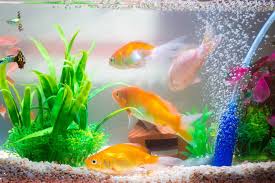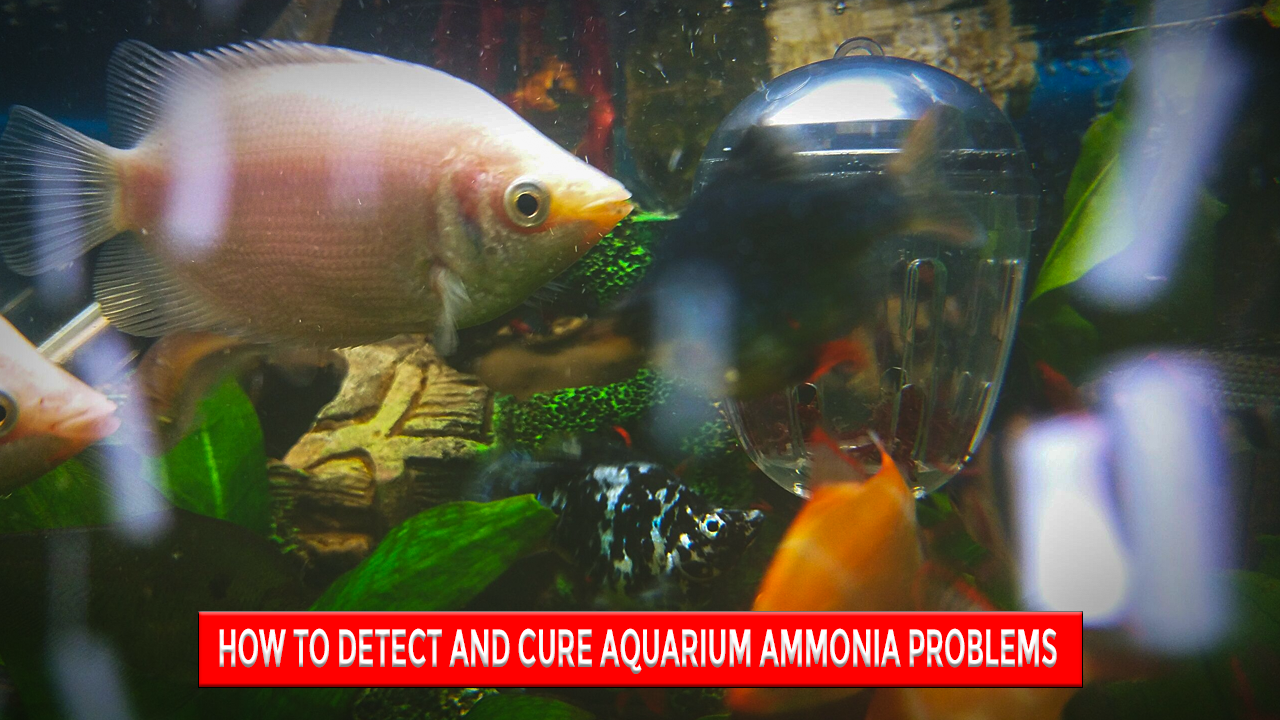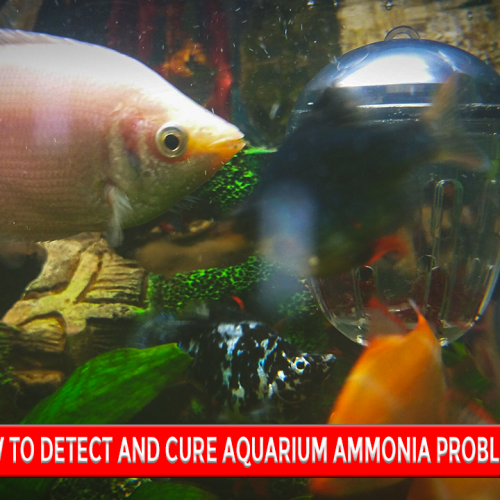How to Detect and Cure Aquarium Ammonia Problems
Ammonia is one of the most dangerous toxins in an aquarium, having a strong impact on aquatic life. Detection and correction of ammonia problems as soon as they arise are important for maintaining an aquarium’s health. This section explains the causes of ammonia production, symptoms of trouble, and methods of detection, as well as measures to cure and prevent ammonia problems in the aquarium.
Understanding Aquarium Ammonia
Ammonia is a product of fish waste, food that was not consumed, and organic material that decomposes. In a mature tank, beneficial bacteria convert ammonia into nitrites and then to less toxic nitrates. However, when the nitrogen cycle is interrupted, dangerous ammonia spikes can occur.
Causes of Ammonia Buildup
- Overfeeding: Excess food decomposes in the water, increasing ammonia.
- Overcrowding: Too many fish create more waste than the tank can process.
- Lack of Filtration: A poor filter cannot remove ammonia very effectively.
- Uncycled Tank: Most tanks are set up without prior cycling, and this prevents the biological filter from totally removing ammonia.
- Dead Organic Matters: Dead plants, fishes, or uneaten foods contribute to the ammonia load
Symptoms of Ammonia Poisoning
- Behavioral Symptoms: fish gasping at the surface and lethargy, erratic swimming
- Physical Symptoms: Gills inflamed, fins damaged or discolored
- Clarity of Water: Clouded or smelling bad water can contribute to ammonia poisoning
How To Detect Ammonia Contents
Ammonia Test Kit
Test kits are the best ways to measure ammonia levels in your aquarium. Look for the following:
- Safe Levels: The ideal ammonia level is 0 ppm.
- Dangerous Levels: Any level greater than 0.25 ppm requires immediate attention.
Observe Fish Behavior
Observe signs of stress, such as rapid gill movement or surface gulping.
Monitor Water Parameters
Monitor the water for nitrites, nitrates, and pH to detect a possible ammonia shock.
Curing Ammonia in Your Aquarium
 Water Change
Water Change
Change 25-50% of the aquarium water with clean, treated water to lower the ammonia concentration
Cleaning of the Aquarium
Get rid of dead and leftover food, wastes, and dead organic materials.
Use a siphon hose to remove debris from the substrate to prevent its accumulation
Improved Filtration
Ensure that your filter is of sufficient size for your tank and is supplied with media that encourages beneficial bacteria to thrive.
Employ Ammonia Neutralizers
Include ammonia detoxifiers or neutralizers that bind and decrease the ammonia content for a while.
Introduce Beneficial Bacteria
Provide bacteria supplements to seed the nitrogen cycle in newly established or tanks recently cleaned.
Feed Fish Less
Provide smaller quantities of food so that whatever food remains will decompose less.
Restock
Rehome excess fish if the tank is overcrowded to reduce waste production.
Preventing Ammonia Issues
 Cycle Your Tank Properly
Cycle Your Tank Properly
Before adding fish, establish the nitrogen cycle to ensure beneficial bacteria can handle ammonia.
Maintain Regular Water Changes
Perform weekly water changes of 10-20% to keep ammonia levels in check.
Avoid Overfeeding
Feed fish once or twice daily in quantities they can consume within two minutes.
Test Water Regularly
Monitor ammonia and other parameters using a water testing kit.
Invest in a Quality Filter
Select a filter that is rated for your tank size and has biological, mechanical, and chemical filtration components.
Add Live Plants
Aquarium plants absorb ammonia and nitrates, maintaining the quality of the water.
Conclusion:
There can be ammonia issues in aquas but could be managed effectively if kept under proper care and close observations. Understanding the causes of it, recognizing its signs, and taking corrective actions will certainly let you create a safe thriving ground for your fish. The importance of staying proactive in terms of the maintaining quality of water is thus evident here for your aquatic pets to provide you with health and liveliness.
FAQs (frequently-asked questions)
Overfeeding, overstocking too many fish in one go, or some form of biological filtration upset is a common cause of ammonia spikes.
Weekly is perfect, but more frequent tests may be needed during tank cycling or immediately after introducing new fish.
Without intervention. Without appropriate biological filtration, ammonia will continue to destroy fish and destroy the ecosystem in a tank.
Cycling of a tank takes usually about 4-6 weeks depending on the size of the tank and method applied.
Ammonia removers are only temporary fixes and not substitutes for appropriate tank maintenance and biological filtration.




